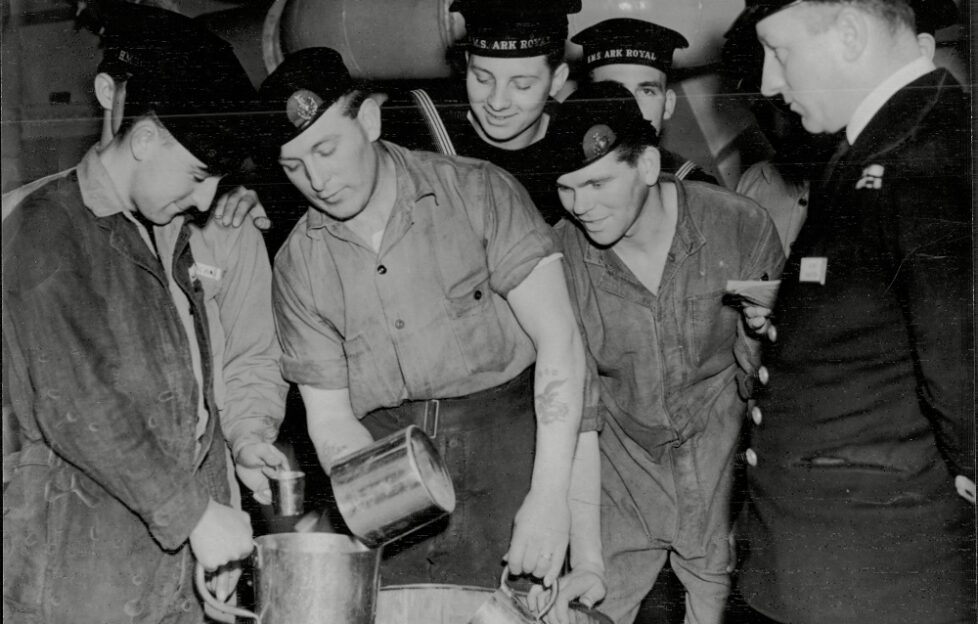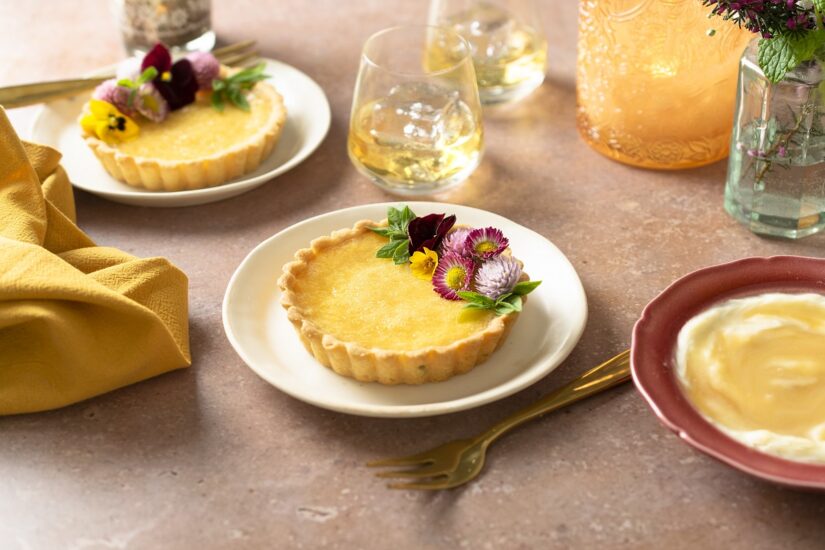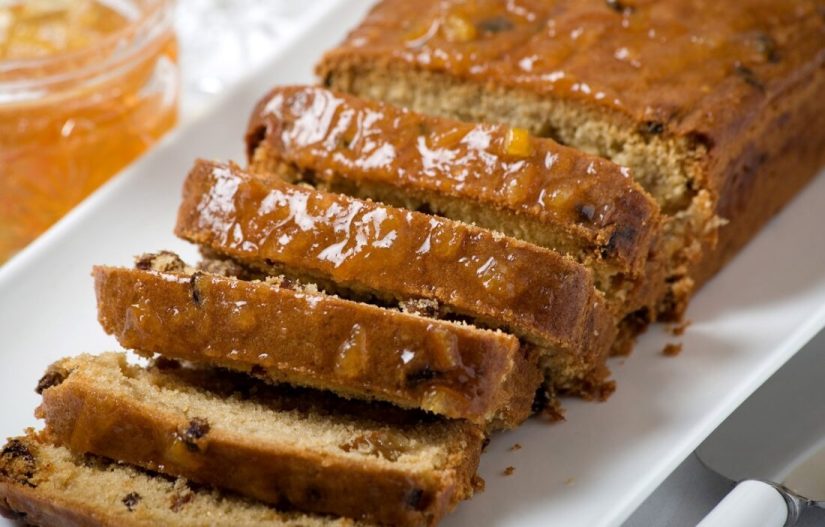 ANL/Shutterstock©
ANL/Shutterstock©Cheers! Today is International Rum Day!
To mark the occasion, we’re taking a look at the story behind the traditional rum ration enjoyed by generations of British sailors.
This feature was written by our very own Features Ed, Alex. It first appeared in “The People’s Friend” in summer, 2020.
Fifty years ago, on July 31, 1970, a cherished Royal Navy tradition was put to rest. Much to the chagrin of British sailors.
Black Tot Day saw an end to the “rum ration” which had been a staple of life at sea since 1655.
In those days, journeys away from home that lasted months – if not years. Keeping food supplies fresh and sailors healthy was a terrible challenge.
Even when they discovered lime and lemon juice could both stay palatable and help prevent scurvy with their high Vitamin C content, much of the other food and drink was fighting a losing battle against decay.
Sailors reported that the water would begin to putrefy and form algae. Even beer couldn’t withstand the time at sea.
Spirits, on the other hand, were hardier.
Rum was a natural choice
Rum was a natural choice, and it was also a great mixer with the rations of lime juice. Glasses were always washed just on the outside, as sailors hoped the small amounts of rum left behind might contribute to making the next drink a bit stronger!
Many men opted to store up their daily rum ration for the occasional big blow-out, which led to some wild nights on board. To prevent this, it became the rule that rum was to be mixed with water and sugar – as well as the lime juice – to reduce its impact.
It was one Admiral Vernon who introduced this “cocktail”. The Admiral was known as Old Grog, thanks to his habit of wearing a cloak made of grogram, a coarse hard-wearing fabric. So the rum mix he approved became known as grog.
To this day, we still describe the effects of having one drink too many as feeling “groggy”. As life at sea became less dangerous, fewer and fewer sailors partook of the rum ration.
By the time it was stopped in 1970, the skills required of sailors had shifted from performing back-breaking work and routinely dangerous missions, to handling high-tech equipment and precise engineering and military skills. Hardly compatible with a daily 70ml serving of 55% proof alcohol!
The name “rum” itself comes from the word “rumbullion”, meaning “a great tumult”. Not handy in a tightly packed ship of men under pressure.
Splicing the mainbrace
In special circumstances – after a dangerous mission or a Royal birthday, for example – an extra tot of rum was given. When this was done, it was doled out with the command to “splice the mainbrace”.
Splicing the mainbrace was a particularly difficult and dangerous job. To fix a part of the ship that was often damaged in battles took the most skilled hands in the crew to repair, often under fire by the enemy.
Originally, the crew in question would get bonus rum, which eventually extended to the whole crew on special occasions. Now only the Queen, a member of the Royal Family or the Admiralty Board can say those hallowed words.
Black Tot Day was marked with mock funerals, and many chose to throw their final ration overboard, commemorating an end to a tradition that had kept sailors going for over 300 years.
For more fantastic features from “The People’s Friend”, click here.
Subscribe to the “Friend” today and soon our issues will be arriving right at your door! Click here for more information on subscriptions.
You can also take out a digital subscription, meaning your issue will come straight to your computer, tablet or phone! And it’s great value for money. Click here for a sneak peek at that!




